Las ciudades globales se han convertido en un tema de reflexión reciente. Nótese que se habla de ciudades y no de continentes. Pues una de las características de la globalización es su artículación a través de nodos o puntos neurálgicos.
Si existen puntos neurálgicos también existen antipodas silenciosas, ciudades que no cuentan en el diálogo intercultural. Esto puede resultar sumamente provechoso para el arte, y de hecho lo ha sido para muchos curadores, que, guiados por el espiritu Robinson Crusoe, se han lanzado en la búsqueda de islas, lugares donde no ha llegado la globalización, lugares desconectados. Estos pueden arrojar un resultado negativo porque toda marginalización implica una desigualdad. El diálogo intercultural no es del todo una posibilidad real mientras no hay igualdad entre las partes. Y, por otro lado, las islas del silencio son lugares que todos quisieramos visitar, estudiar, analizar… explotar.
Global cities have become an increasingly important in social research. Note that I am speaking of global cities and not about continents or hemispheres.
One of the features of globalization is the articulation of nodes or strategical links. If nodes exist there must be also islands: the silent antipodes that do not intervene in intercltural dialogue.
This has been highly profitable for art purposes, and indeed for certain curators, some of which, guided by the “Robinson Crusoe spirit”, have striden into the search for islands of culture, places globalization has not reached yet, places that are still disconnected, peripheral cities. This could also have a negative outcome, since alienation, disconnection, and periphery imply inequality.
Intercultural dialogue is not possible between non-equals. On the other hand, these silent zones are places we all want to see, travel to, discover, study… and exploit.
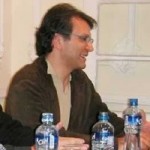
Hello everyone,
They call me Joe Springer. Strange to have a name like that when you are brought up in Mexico, married in Mexico, and have a Mexican son. It just goes with my life’s wavy turns. I have been always an in-between, a border-crosser, a line over water, just like the Manu Chao song.
I’m happy to be able to discuss the intricacies of cultural dialogue with you, since part of my life has been that of a cultural dealer between North and South.
There is a lot to be said nowadays about the state of intercultural dialogue. I would like to foster a broad understanding of what art is, what the culture means and what the audiences expect from us. When your post something always think of you as the reader.
Jose
Welcome!
We have created this blog as a forum for a group of Latin American and European artists and jewellery-makers where they will be able to exchange thoughts, experiences, ideas, and images on three main topics: jewellery, global mobility and identity. And for viewers from all over the world (we hope) to witness in real time, how a jewellery exhibition is developed from scratch.
The curators, Valeria Vallarta Siemelink and Andrea Wagner, have each selected 20 artists from their respective continents: Latin America and Europe. Each artist has a unique approach to jewellery: different ideas, different interests, different materials and techniques, different countries. But all artists have one thing in common: like the curators themselves, they are or have all been migrants: born in one place, living/working/studying in another one.
Global mobility is a process almost as old as mankind. But today, the movement of ideas, capital and people is faster and fiercer than at any point in history. Contemporary global flow, either forced by economical, ecological, social, work or health-related reasons or due to factors such as welfare, adventure, pleasure, sex or tourism, is multi-directional, leaping across well-worn paths and weaving complex new patterns. Social habitats, in the words of Colombian architect Diego Barajas, are no longer physically contained in geographically continuous areas, but have been spread out and re-articulated by artificial means. They have become territories in dispersion, where cultural identity is no longer necessarily linked to geographical place, or to traditional territorial structures.
Art is progressively interested in the sociological or geo-political environment, concerned with issues of migration, mobility, intercultural transience, the ambiguity of location and place in a global marketplace, and the post-colonial (or neo-imperial) structures that regulate the daily existences of millions. The affirmation of identity (on its diverse dimensions: social, collective, individual) is at the heart of all these processes.
Together with people, the notion of identity is being mobilized in remarkable ways. While national identities remain, regional and community identities are becoming much more significant. Individual identity is formed and steadily transformed according to the ways we are represented in the cultural systems where we transit. As the systems of meaning and cultural representation proliferate, we are faced by a complex and transient profusion of possible identities to identify with, at least temporarily. Identities, nowadays, are becoming increasingly disjointed; they are repeatedly being constructed athwart different, often intersecting and contradictory, discourses, practices and positions, subject to an extreme historicization, and in a constant process of transformation.
Even when identities seem to conjure an origin in a historical past with which they continue to correspond, actually they are about questions of using the resources of history, language and culture in the process of becoming rather than being: not who we are or where we came from, so much as what we might become, how we have been represented and how that bears on how we might represent ourselves. Identities are therefore constituted within, not outside representation. They relate to the invention of tradition as much as to tradition itself, which they oblige us to read not as an endless reiteration but as the changing same: not the so-called return to roots but a coming-to-terms-with our routes.
The cultural dynamics of globalization, with all its complex social, political, economical, environmental and cultural implications, present a challenge for artists: the need for a more affirmative and critical response to issues of mobility and belonging. Contemporary jewellery, with its exceptional ability to communicate and create associations directly connected to specific cultural and personal settings and backgrounds seems to be circumscribed to a rather westernized discourse. It has become necessary for contemporary jewellery-makers to rethink the ways they connect with others. The flows and reference points that shape the aesthetic and communicative power of jewellery exceed the boundaries of an individual and national identity. In an era of globalization, cultural reciprocity is fundamental. Learning about others does not only help us to understand, appreciate and enrich from what we considered as foreign, but also to learn about ourselves.
40 artists, from an uncertain total number of involved countries, will take a walk on the gray area and explore, through the already ambiguous field of contemporary jewellery, issues related to global mobility, identity and territories in dispersion and the way they perceive and have been affected by this phenomena during their rambling around the world.
How do they respond to changing definitions of mobility, locality, globalism, migration? How do the changing conceptions of identities relate to their being and practice? How do they reconcile their roots with their routes? What kind of exchange can take place between artists from areas of the world where contemporary jewellery is perceived and dealt with in such different ways? How can they relate to and diverse, moving, fast changing audience?
The artists have been paired randomly: the names of the Latin American artists were written on a piece of paper, which was folded and placed in a bowl. The same was done with the names of the European artists. The curators had fun taking turns to pick a name from one bowl and pairing it with a name from the other bowl. 20 couples were formed and they will carry out both verbal and visual dialogues through these pages.
The artists have been individually selected based on their artistic excellence, technical abilities and creative response to diverse subjects. As a collective, the group has been selected based on the great differences between their work, their varied and experimental approach in the use of materials and techniques and on the rich possibilities that lay on the exchange among them. Each artist will create an individual piece of jewellery as a product of the dialogue. The resulting exhibition, Walking the Gray Area, will be presented within the frame of the Symposium Gray Area, Encounter of Contemporary Jewellery between Latin America and Europe in Mexico City, April 2010.
We feel honored to introduce the moderator of this blog, Jose Manuel Springer, writer, curator and editor of the contemporary art magazine Replica 21. His comments will make this an even livelier place.
On the lefts side of this page, you will find the links that take you to the conversations of each couple. Visitors are welcome to comment on the posts or ask questions to the artists or moderator, in relation to the conversations taking part in this blog.
We thank all the artists for their enthusiasm and we wish you all an interesting and enriching conversation and we hope to see you at the opening of Walking the Gray Area!
Valeria Vallarta Siemelink & Andrea Wagner
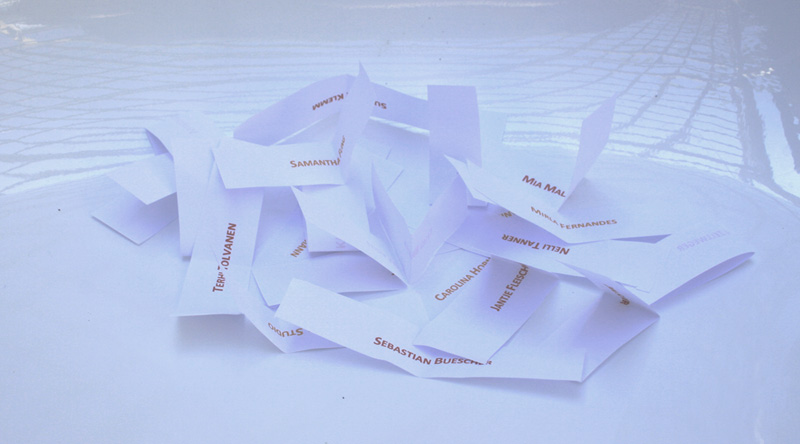
 Andrea Wagner was born in Germany, grew up in Canada and has been living in the Netherlands since 1994. She carried out jewellery studies at the Gerrit Rietveld Academy, in Amsterdam and participates regularly in national and international exhibitions. Her work is included in public and private collections all over the world. Her passion in working is experimenting with materials and giving them her own mark. She finds this vital in order to create the intriguing appearance and surfaces necessary for the tactile materiality to communicate the stories or thoughts behind her work. With an equally strong passion for jewellery, Andrea has curated successful exhibitions, such as the travelling Golden Clogs, Dutch Mountains. Andrea Wagner was born in Germany, grew up in Canada and has been living in the Netherlands since 1994. She carried out jewellery studies at the Gerrit Rietveld Academy, in Amsterdam and participates regularly in national and international exhibitions. Her work is included in public and private collections all over the world. Her passion in working is experimenting with materials and giving them her own mark. She finds this vital in order to create the intriguing appearance and surfaces necessary for the tactile materiality to communicate the stories or thoughts behind her work. With an equally strong passion for jewellery, Andrea has curated successful exhibitions, such as the travelling Golden Clogs, Dutch Mountains.
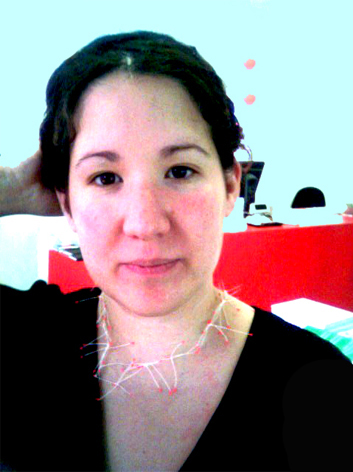
Valeria Vallarta Siemelink is a Mexican architect and curator, specialized in the converging fields of art and design. For the last 10 years she has lived in Germany, Belgium and has finally set up base in the Netherlands. She is co-founder and current president of the Otro Diseno Foundation for Cultural Cooperation and Development and co-owner of the agency Design Flux. With a special interest in contemporary jewellery and a large collection of Latin American jewellery, Valeria has wrote several publications on the subject and has curated exhibitions such as Extremely White, Divas del Sur, Reinvented South, Artefactos de la Fe and the jewellery section of the Second Biennale of Latin American Design, Amsterdam 2005.
Carol Rojo Rubio
 Hi everyone, Hi everyone,
My name is Carol Rojo.I am Spanish and although my background are in law and marketing, a working experience in Chile lead me to work in the fascinating field of cultural management and artist representation. I had been living in Ámsterdam for the last two years, where I had the fortune to meet Valeria Vallarta Siemelink, as well as many of the artists that are now part of WGA. 18 months ago I became a partner of the Dutch-Mexican organization Otro Diseño Foundation for Cultural Cooperation and Development. I am currently living in New York and then will move back to Spain. So… we can all talk about mobility!
Valeria and I have been immersed in different work plans and projects, but from the start of our collaboration we started dreaming of Gray Area; of a global project which could give us all the opportunity to learn what is happening in the world of jewellery on both sides of the ocean, the opportunity to learn from each other and enrich from the exchange; to talk, discuss, interpret, exhibit, walk through unknown territories… Today, thanks to trust and hard work of many people, this dream is becoming a reality.
As you all know, Walking the Gray Area is the main exhibition of this project and, above all, I would like to thank you all for the trust, the tremendous enthusiasm and cooperation that we have received from you from the start.
Thanks to José Manuel Springer for the interest and the gangrenous support for this project. I am sure that his contributions will enrich it greatly.
Thanks to Valeria and Andrea; without their knowledge, passion and encouragement, this would not be the reality that is today!
Thank you all for your participation and please, enjoy as much as we do!!
Hope to meet you all in Mexico!
I think that most of us who happen to have collided in this blog have a nomadic spirit. I spent the last decade coming and going to and from somewhere (although, a couple of adorable son and daughter have somehow tamed that mobile spirit for the moment)… I live now in the Netherlands, for the last five years and, but as Celio puts it, I am a foreigner in Holland, as much as I am a foreigner in my natal Mexico… So, where is really home? where are my roots?… For now I believe they are where people are… the amazing people I come to meet and soon love in my rambling around the world.
I am in Moscow now… Amazing city!… although somehow very familiar… I feel a bit like I am in Mexico City, but just everything is in Russian.
I came to give a lecture for Design Act Moscow. So much talent, so much fun…. so many Dutch people around!

Last night my husband and I were having dinner in a small cafe. All the tables were occupied so, two friendly Russian men asked if they could share our table. They were friendly and interesting and we had a nice conversation. Vladimir happens to be the owner of an art gallery ( wonderful!… please, take a look at it: www.partnergallery.ru ) and he had this beautiful, huge, heavy photograph book, as a present for his friend. The book of an exhibition in which Vladimir had been involved: a retrospective of the Russian photographer Boris Smelov. What a marvelous book! What a marvelous photographer! What a discovery!… We liked the book so much that we asked Vladmir where we could buy it… and he simply said ‘take it, I can give another one to my friend‘…We left the cafe with a beautiful book and the warmest feeling. Home and roots sit in our hearts… and they spread to the people we meet, we like and we come to make part of our lives.
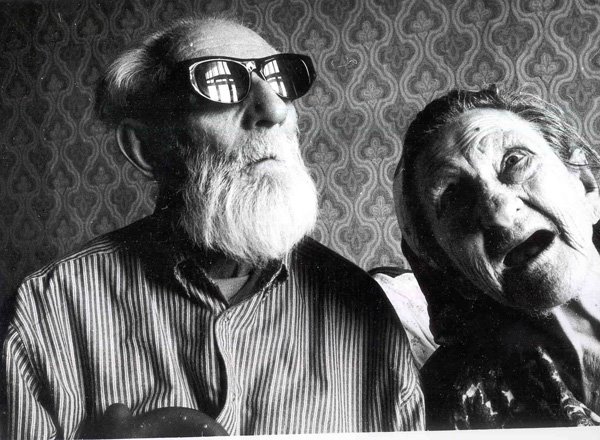
Спасибо (spasibo), Vladimir!… for the knowledge, for the book, for the warmheartedness!
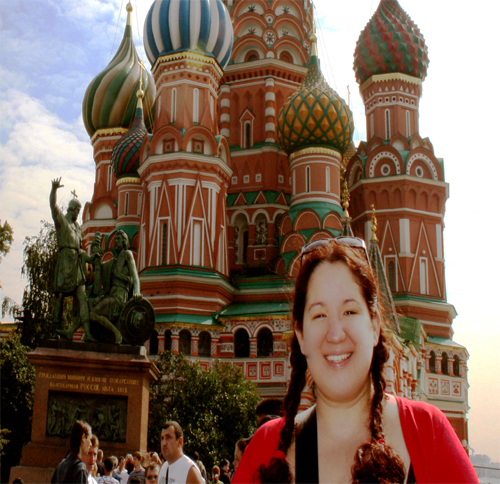
Warm greetings to all from Russia!
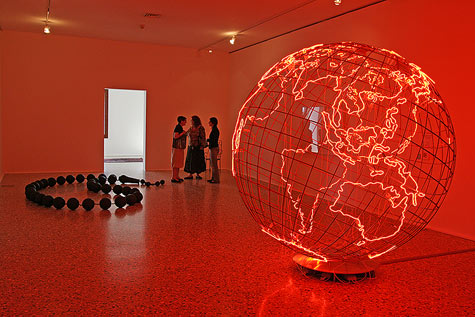
Hot Spot and Worry Beads by Mona Hatoum. Fondazione Querini Stampalia, 53rd Biennale di Venezia 2009
Visiting the Armoury Chamber at the Kremlin, I discovered the amazing carriages that transported the Russian royalty through the centuries. And also learned a amusing story about Elizaveta Petrovna, daughter of Peter the Great: in 1742 and, due to complex political motives, Elizaveta had to be crowned empress of Russia in a rush.
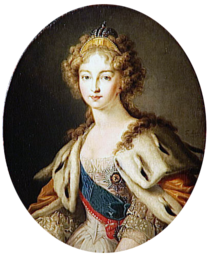
She had to travel, in the middle of the harshest winter, the almost 1000 km from Saint Petersburg to Moscow in just three days (when such a trip normally lasted at least seven days). She was packed in a large, ugly (well, not to me, I loved it!) winter sledge, together with two of her maids and they made the trip in just three days! The sledge would only stop to change the exahusted horses for fresh ones. The operation had to be done exactly in three minutes. Elizaveta and their maids had to eat, sleep and even use a golden chamber pot inside the sledge.
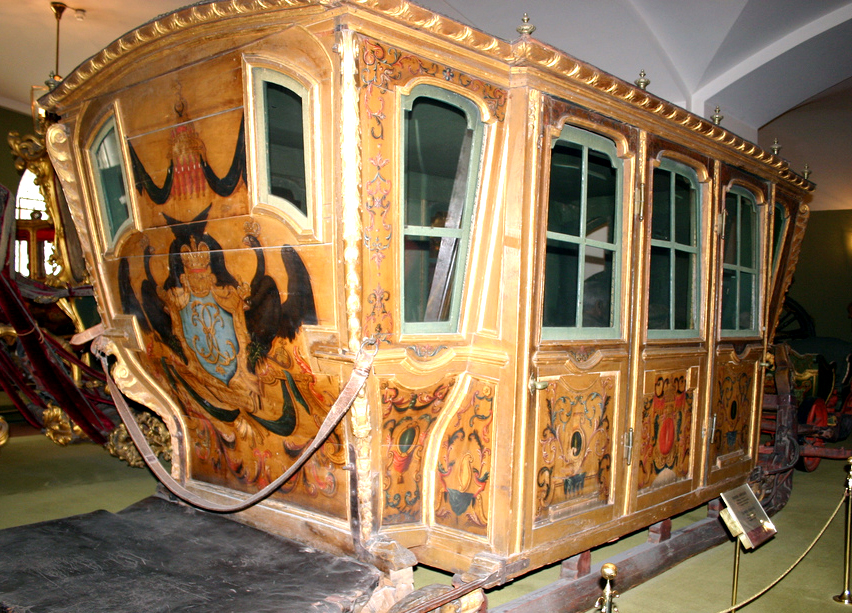
They made it. And, in the gates of Moscow, they changed their vulgar sledge for a golden carriage. Elizaveta entered Moscow as an true empress!
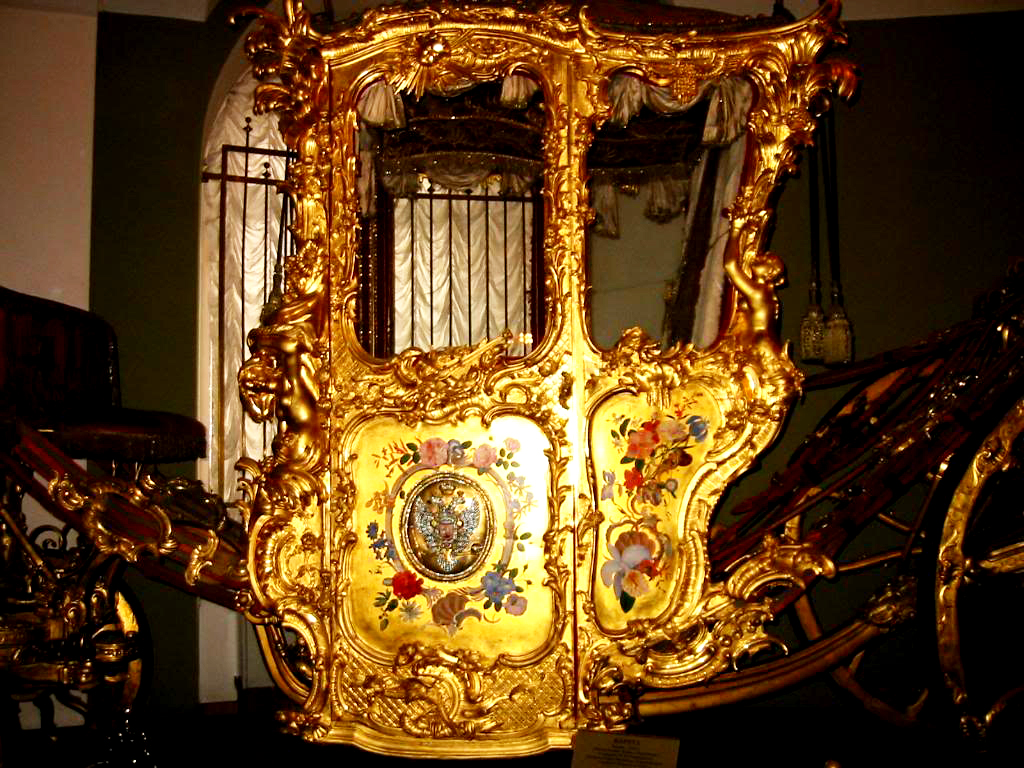
Time to go back to home… Пoka, Москва!
,
Good Moring!
We are very pleased to introduce you to La Refaccionaria, the gallery where Walking the Gray Area will materialize as an exhibition.
Buenos dias!
Tenemos el placer de presentar a ustedes La Refaccionaria, la galeria en la cual se presentara la exposicion Walking the Gray Area.
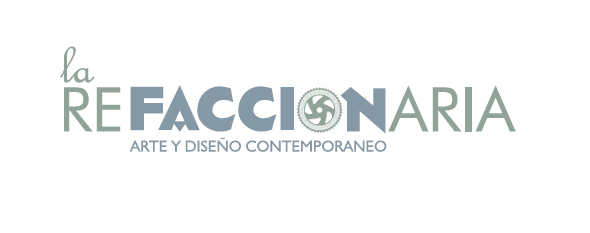 La Refaccionaria is located in Mexico City historic center and was created in 2005 to facilitate the encounter of the public with both national and international contemporary art. Among its interests, there is the incorporation of other disciplines such as design, architecture and the functional object in its curatorial projects. Galeria La Refaccionaria has welcomed this project with great enthusiasm and now we wish to welcome the Galeria, Amalia Ortiz, manager and Edgardo Ganado, cuartor to this blog. La Refaccionaria is located in Mexico City historic center and was created in 2005 to facilitate the encounter of the public with both national and international contemporary art. Among its interests, there is the incorporation of other disciplines such as design, architecture and the functional object in its curatorial projects. Galeria La Refaccionaria has welcomed this project with great enthusiasm and now we wish to welcome the Galeria, Amalia Ortiz, manager and Edgardo Ganado, cuartor to this blog.
La Refaccionaria esta ubicada en el centro historico de la Ciuda de Mexico y fue creada en 2005 con el objetivo de facilitar el encuentro del publico con la produccion nacional e internacional de arte contemporaneo. La Galeria tiene gran interes en la incorporacion de otras disciplinas como el diseno, la arquitectura y el objeto funcional en sus proyectos curatoriales. Galeria La Refaccionaria ha recibido este proyecto con gran entusiasmo y ahora queremos darl la bienvenida a la Galeria, su directora, Amalia Ortiz y su curador Edgardo Ganado.
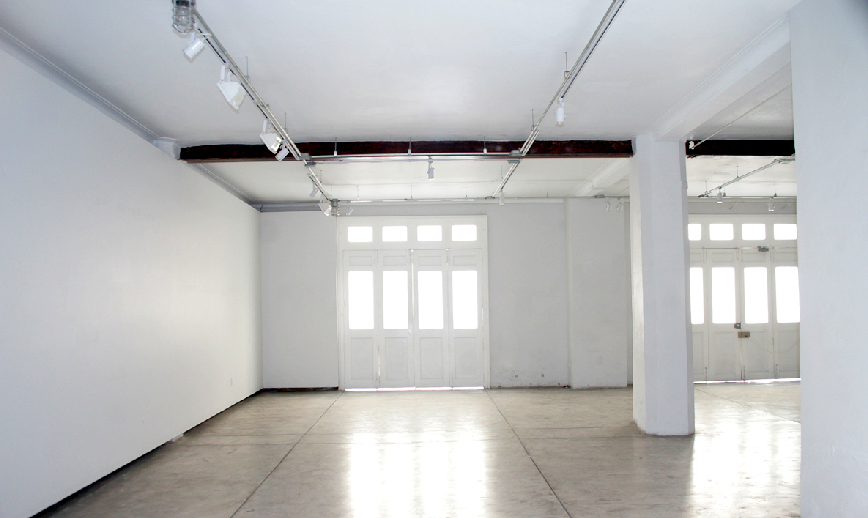
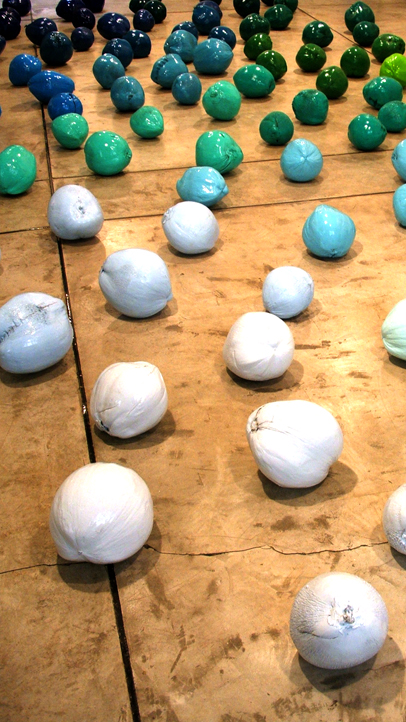
You can visit Galeria La Refaccionaria at:
http://www.larefaccionariagaleria.com/
Or Joint them at Facebook.
Pueden visitar la Galeria La Refaccionaria en su sitio web:
http://www.larefaccionariagaleria.com/
O unirse a ellos en Facebook.
We hope to see you there next year!
Los esperamos en la inauguracion el proximo año!
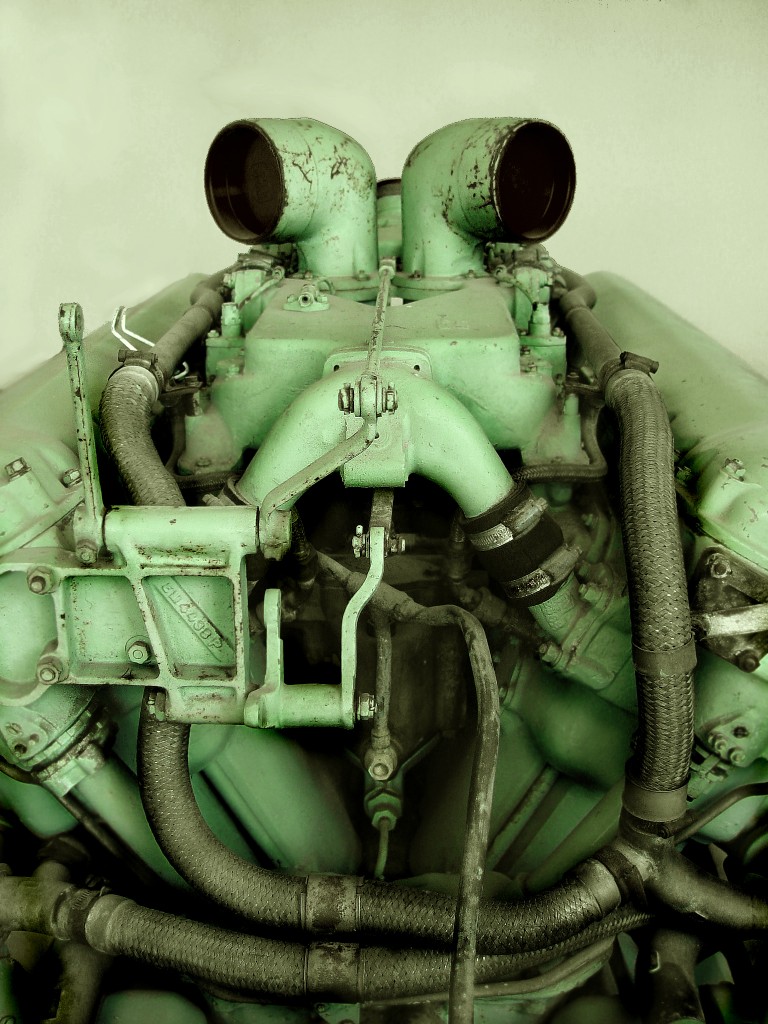
(I come from the guts of an old Soviet war tank… I used to be an
engine, now I seem to have an identity crisis..I could be a lobster,
an alien or a useless pile of aging metal… or all of them together…)
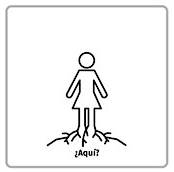
Hi everybody,
I would like to recommend an interesting and inspiring site: Migrantas (or She Migrants).
http://www.migrantas.org
Have a happy end of the weekend!
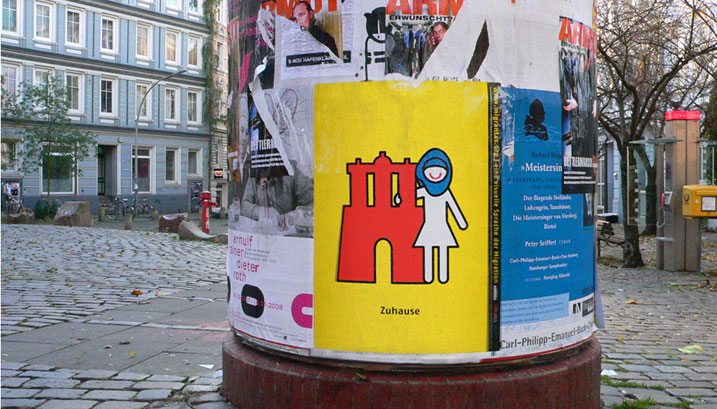
Mirla Fernandes
While I am still waiting Kajsa reply, I thought about sharing this video with you all.
It has been made by a brazilian friend (Milena Galli) who has studied in Germany and for me it translates this need of a home, wherever we are. It also talks about the lasting of things, which I think is also a great question when we are not in our country and also has to do with jewellery and all sorts of creation: should things last?
Well, I love the video. I hope it can be inspiring.
“Make your Home at Yourself”
What a great video! Thank you so much for posting it!… I felt so identified with it.!… I think I could hardly count the houses I have lived in the last 10 years or so… but everywhere I lived in (no matter for how short) I had the strong need to do a little something with the place…. to make it ‘ home’ (ok, it may also have to do with being an architect!)… Holland is where I live now, but I still find it difficult to find myself at home in this country, so a big part of my life takes place at my own house… Specially now, having two small children, my house has become such an important place to me… In my house, I always, truly feel at home:

house before

Home now!
(well, we may have done more than a little something here…)
Dani Soter
I invite you to visit the blog of Andrée-Anne Dupuis-Bourret. It’s wonderful and an excellent working tool.
Um abraço para todos!
http://territoiredessens.blogspot.com
Dani
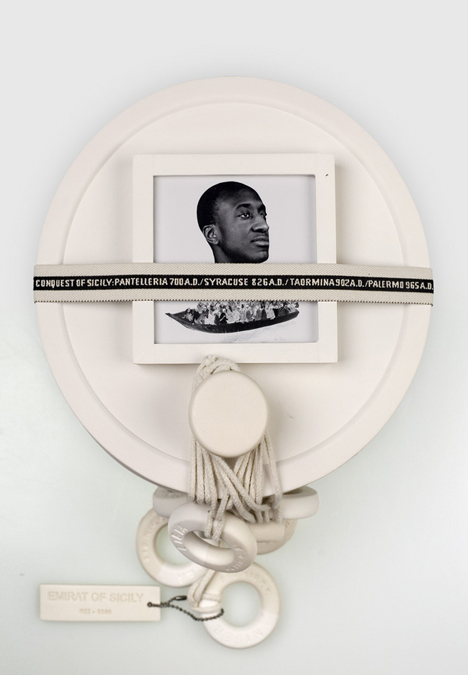
I have found, at the Dutch Design Week in Eindhoven, the wonderful, latest work of Forma Fantsma, a design collective fomed by Andrea Trimarchi (Sicilia) and Simone Farresin (Veneto). Moulding Traditions is a collection integrated by one bowl, a vase, a wine bottle and a flask. Reviving the fading traditional Sicilian ceramics, Forma Fantasma’s collection reflects the state of non-European immigration to Italy. From Moor invasions to present-day clandestine arrivals by boat, elements of Italian history and reality serve to embellish the majolica pieces. The themes in this project are plenty: craft’s role in keeping the past alive, attitudes towards immigration, the effects of allowing history to repeat itself.*
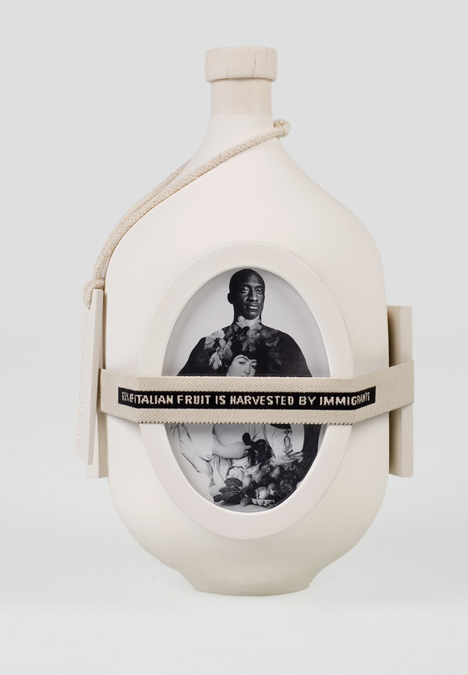
Beautiful, provocative and inspiring!
http://www.formafantasma.com
* Quoted from Mocoloco
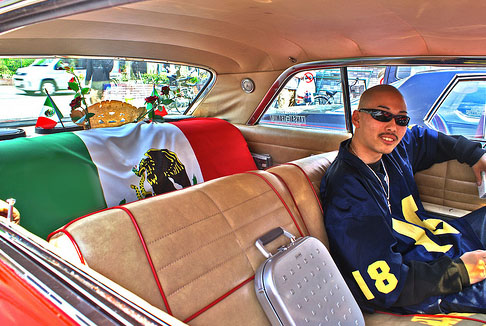
As written by Aurelio Asiain, poet, essayist and critic, author of this photo:
I met this guy last year, parking just in front of Kansai Gaidai main entrance. He does not know a word of Spanish, and just the basics on Mexico — the wrong ones. But he had been in L. A. and had fallen in love with the flag — oh, that Eagle, man!
On the Mexican Influence in Hirakata
Originally uploaded by ionushi
Dani Soter
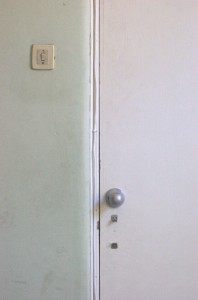 While I’m waiting the return of Sebastian, I came here to talk about doors … Doors that sometimes we need to open , without knowing exactly what to expect on the other side… While I’m waiting the return of Sebastian, I came here to talk about doors … Doors that sometimes we need to open , without knowing exactly what to expect on the other side…
The door symbolizes the passage between the known and unknown. An invitation.
The other side is a kind of mirror that does not reflect my own image.
( à suivre…)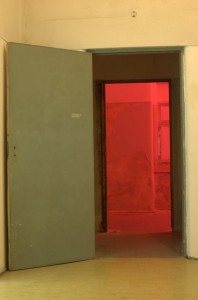
|
|


 Andrea Wagner was born in Germany, grew up in Canada and has been living in the Netherlands since 1994. She carried out jewellery studies at the Gerrit Rietveld Academy, in Amsterdam and participates regularly in national and international exhibitions. Her work is included in public and private collections all over the world. Her passion in working is experimenting with materials and giving them her own mark. She finds this vital in order to create the intriguing appearance and surfaces necessary for the tactile materiality to communicate the stories or thoughts behind her work. With an equally strong passion for jewellery, Andrea has curated successful exhibitions, such as the travelling Golden Clogs, Dutch Mountains.
Andrea Wagner was born in Germany, grew up in Canada and has been living in the Netherlands since 1994. She carried out jewellery studies at the Gerrit Rietveld Academy, in Amsterdam and participates regularly in national and international exhibitions. Her work is included in public and private collections all over the world. Her passion in working is experimenting with materials and giving them her own mark. She finds this vital in order to create the intriguing appearance and surfaces necessary for the tactile materiality to communicate the stories or thoughts behind her work. With an equally strong passion for jewellery, Andrea has curated successful exhibitions, such as the travelling Golden Clogs, Dutch Mountains.
 Hi everyone,
Hi everyone,


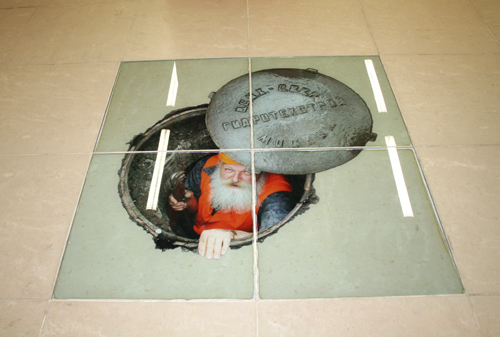




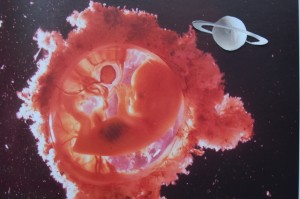
 La Refaccionaria is located in Mexico City historic center and was created in 2005 to facilitate the encounter of the public with both national and international contemporary art. Among its interests, there is the incorporation of other disciplines such as design, architecture and the functional object in its curatorial projects. Galeria La Refaccionaria has welcomed this project with great enthusiasm and now we wish to welcome the Galeria, Amalia Ortiz, manager and Edgardo Ganado, cuartor to this blog.
La Refaccionaria is located in Mexico City historic center and was created in 2005 to facilitate the encounter of the public with both national and international contemporary art. Among its interests, there is the incorporation of other disciplines such as design, architecture and the functional object in its curatorial projects. Galeria La Refaccionaria has welcomed this project with great enthusiasm and now we wish to welcome the Galeria, Amalia Ortiz, manager and Edgardo Ganado, cuartor to this blog.




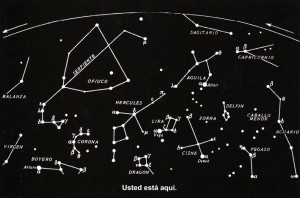





 While I’m waiting the return of Sebastian, I came here to talk about doors … Doors that sometimes we need to open , without knowing exactly what to expect on the other side…
While I’m waiting the return of Sebastian, I came here to talk about doors … Doors that sometimes we need to open , without knowing exactly what to expect on the other side…


